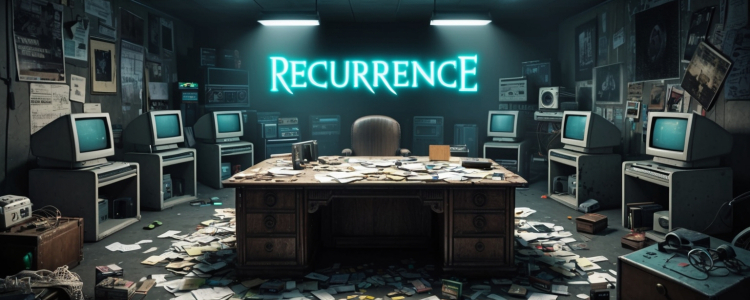Reviving Retro Horror: Inside the Development of Recurrence

Amid the resurgence of interest in survival horror games, a new indie title is making waves in the gaming community. Recurrence aims to blend the allure of classic gaming infused with contemporary mechanics mechanics. Drawing inspiration from the nostalgic aesthetics found in classic PlayStation titles, this game mixes old-school influences with contemporary features like over-the-shoulder perspectives and first-person shooting elements. During the BIG Conference held in Bilbao, insights were shared about the creative process behind this exciting project.
The design philosophy behind Recurrence draws on various classic titles. Key inspirations include games such as Signalis, Silent Hill, and Outer Wilds, particularly noted for their unique mechanics involving time loops. The gameplay is structured around a 25-minute cycle; upon completion of this loop, players restart with the knowledge and experience gained, making it easier to confront specific adversaries and solve intricate puzzles. Instead of relying on cheap scares, the focus is on cultivating an atmosphere of sustained tension.
A small but dedicated team is responsible for bringing Recurrence to life. Comprising three artists and two programmers, they are currently three months into development. With another three months planned to finalize the project, they anticipate a potential release around June, allowing a total of six months for development followed by three additional months for refinement. They are actively seeking a publisher and have engaged in several discussions regarding this goal.
For those interested in learning more about Recurrence and its development process, further details can be explored through an interview that is fully subtitled in your preferred language.






